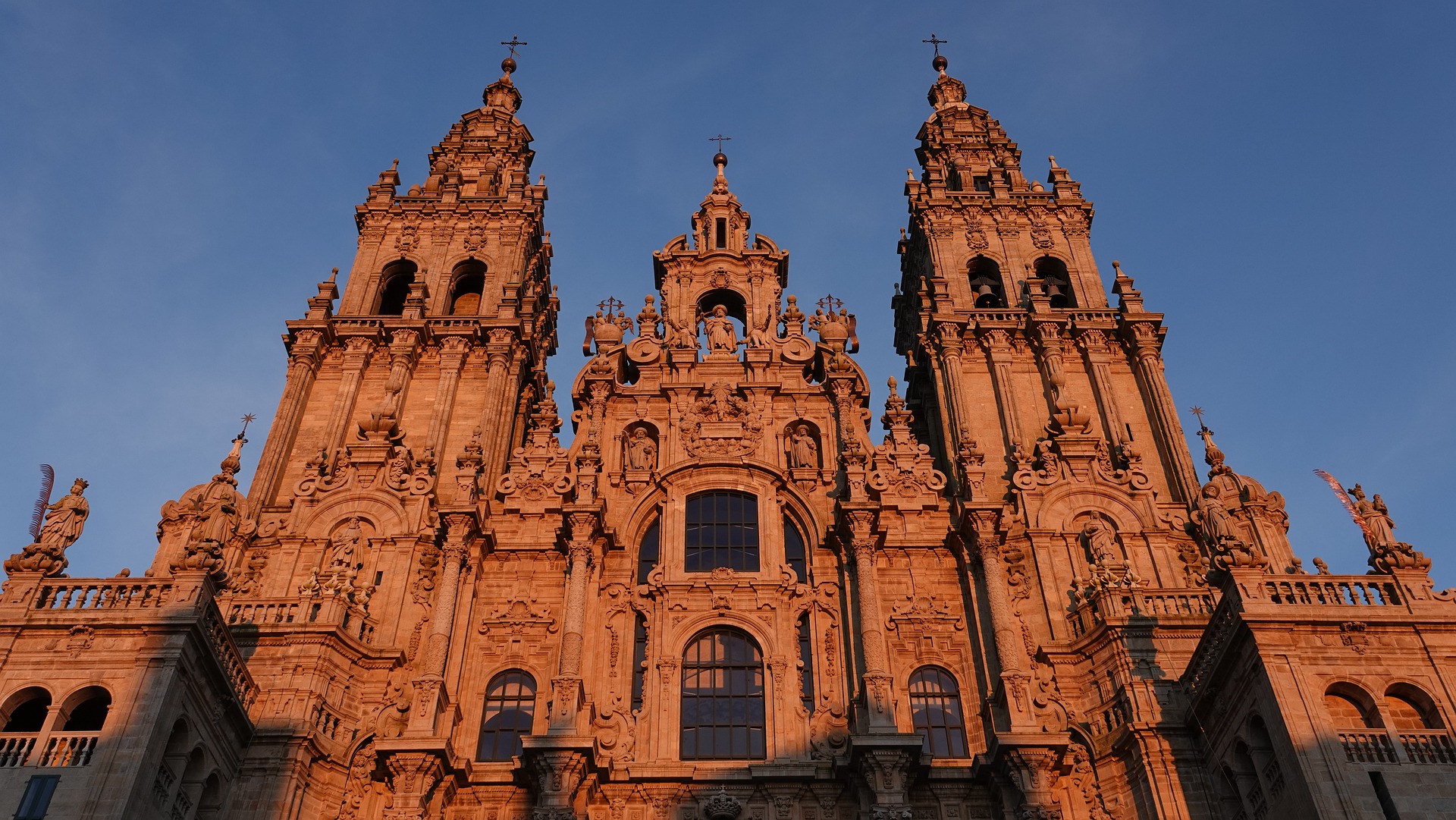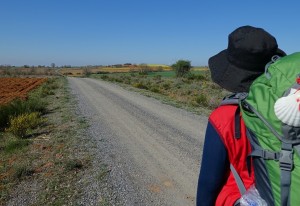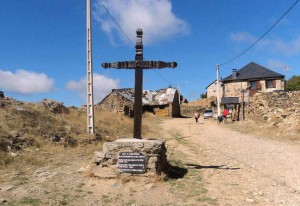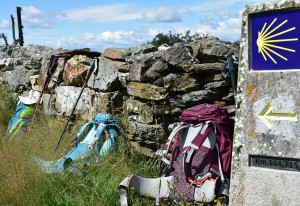The Camino de Santiago from Roncesvalles is, without a doubt, the most popular route to the Cathedral of Santiago.
Its extraordinary historical tradition and the weight it has in the international arena have led to it being declared a World Heritage Site by UNESCO more than 20 years ago. Since then, the French route has not stopped growing, and the number of pilgrims who travel this route is increasing.
Advantages of traveling the French Way
The points in favor of traveling the Camino Frances are indisputable. Its artistic values, with innumerable samples of the best Romanesque or Gothic art, or its environmental grandeur, which allows the walker to get to know from the charming French towns, the rugged Pyrenees, the fortified towns of Navarra, the wine region of La Rioja, the silent and hard Castilian plateau, the maragata region of Astorga or the green Galicia, are two weighty arguments.
Also to cross towns as outstanding as Pamplona, Logroño, Burgos, with its beautiful cathedral, León or enclaves with a clear Jacobean flavor such as Puente la Reina, Santo Domingo de la Calzada or Sahagún.
Where does the Camino Frances de Santiago begin?
The Camino Frances de Santiago has a precise itinerary in the Gallic country, from where four branches depart. Three of them, originating in Paris-Tours, Vézelay-Limoges and Le Puy-Conques, converge in Ostabat, a town located 20 kilometers from Saint-Jean-Pied-de-Port.
After covering this short journey, the pilgrims enter Spain through Roncesvalles. The fourth Gallic route, from Arles-Toulouse, enters through the port of Somport and continues to Jaca, a town located in the Spanish community of Aragón.
Both variants will not be unified until Puente la Reina (Navarra), one of the towns with the greatest Jacobean heritage.
Stages of the French Way from Roncesvalles
The Camino de Santiago from Roncesvalles, the first Spanish town on the French Way, has a distance of 790 kilometers divided into 31 stages to reach Santiago de Compostela. The route can be completed by doing about 25 km per day.
- Stage 1: Saint Jean Pied de Port – Roncesvalles
- Stage 2: Roncesvalles – Zubiri
- Stage 3: Zubiri – Pamplona
- Stage 4: Pamplona – Puente la Reina
- Stage 5: Puente la Reina – Estella
- Stage 6: Estella – Los Arcos
- Stage 7: Los Arcos – Logroño
- Stage 8: Logroño – Nájera
- Stage 9: Nájera – Santo Domingo de la Calzada
- Stage 10: Santo Domingo de la Calzada – Belorado
- Stage 11: Belorado – Ages
- Stage 12: Ages – Burgos
- Stage 13: Burgos – Hontanas
- Stage 14: Hontanas – Fromista
- Stage 15: Frómista – Carrión de los Condes
- Stage 16: Carrión de los Condes – Terradillos de los Templarios
- Stage 17: Terradillos of the Templars – El Burgo Ranero
- Stage 18: El Burgo Ranero – León
- Stage 19: Leon – San Martin del Camino
- Stage 20: San Martin del Camino – Astorga
- Stage 21: Astorga – Foncebadon
- Stage 22: Foncebadon – Ponferrada
- Stage 23: Ponferrada – Villafranca del Bierzo
- Stage 24: Villafranca del Bierzo – O Cebreiro
- Stage 25: O Cebreiro – Triacastela
- Stage 26: Triacastela – Sarria (By San Xil)
- Stage 26B: Triacastela – Sarria (By Samos)
- Stage 27: Sarria – Portomarin
- Stage 28: Portomarín – Palas
- Stage 29: Shovels – Arzúa
- Stage 30: Arzúa – Pedrouzo
- Stage 31: Pedrouzo – Santiago de Compostela
Hostels on the French Way
The French Way has the most complete network of hostels on the Camino de Santiago.
In Sarria, you can find one of our hostels, the Magdalena Monastery. In addition, the entrance door to the hostel is located on the Camino de Santiago itself. More integrated, impossible.
Remember that on our social networks we will keep you up to date with all the news that arises, follow us on Facebook or Instagram!
In addition, we encourage you to share with us your experience traveling the Camino de Santiago on these social networks by tagging us or including the hashtag #alberguesdelcamino in your publication. We await your photos!














